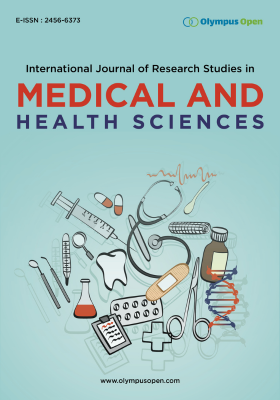Need Assessment on Preventive Measures Among Women with Obstetric Fistula Attending Comprehensive Community Based Rehabilitation Hospital, Dar Es Salaam, Tanzania
DOI:
https://doi.org/10.62557/2456-6373.080103Keywords:
Obstetric Fistula, Risk Factors, Birth Outcome, Vesico-vaginal Fistula, Surgical TreatmentAbstract
Background: Obstetric fistula is a 'hole' that forms between the bladder and the vagina or Between the rectum and the vagina during prolonged and obstructed labor. Vesico-vaginal fistula is a very serious and disabling injury among women. Obstetric vesico-vaginal fistula remains a significant causes of female urinary incontinence worldwide. The problem of fistula has been a low-priority issue on international agendas, in part because its prevalence is perceived to be fairly low. The condition is however preventable and surgical treatments are available, but a vast majorityof women suffering from fistula do not have access to care due to different reasons. These include lack of money for transport from home to the facility, and lack of knowledge on treatment options. This study aims at determining risk factors and birth outcome among women with fistula in Tanzania. This study aimed at determining the risk factors and birth outcome among women with fistula, at Comprehensive Community Based Rehabilitation hospital in Dar es Salaam, Tanzania.
Methodology: A cross sectional study was conducted, to determine risk factors forobstetric fistula. Semi-structured questionnaire was used to collect data. Data was collected fromCCBRT from June 2016 to January 2017.The SPSS version 23 software for window was used toanalyze data. Frequencies were used to show the distribution of respondents in relation tovariables of interest. Cross tabulations were used to relate variables and Chi-square tests wereused to find out the significant differences between variables, and P value of less than 0.05 wasconsidered statically significant.
Result: The study revealed several risk factors among study participants, the commonest being Big baby 214(69.9%), having an outcome of about 70.9% on Stillbirth. The low level of knowledge, only 11.8% of respondents had satisfactory knowledge on risk factors and 15% hadsatisfactory knowledge on prevention of obstetric fistula. This was associated with level of education (X28.27= p value = 0.04).
Conc1usion: This study found out that the commonest risk factors for obstetric fistula being bigbaby and prolonged labor, and majority of patients with fistula had poor knowledge on riskfactors as well as preventive measures for obstetric fistula.
Downloads
Downloads
Published
Issue
Section
License
Copyright (c) 2024 Author(s)

This work is licensed under a Creative Commons Attribution-NonCommercial 4.0 International License.







